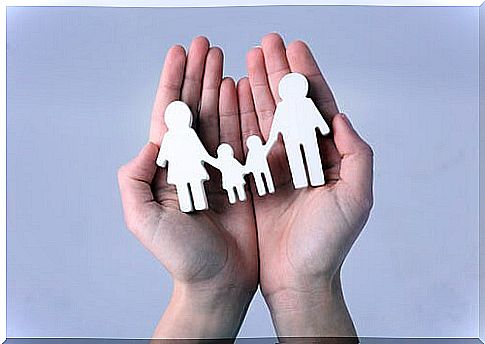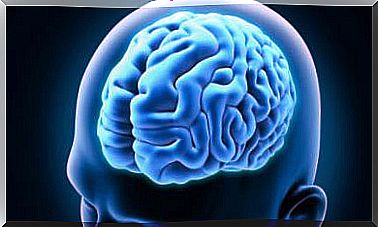Rigid And Flexible Families: How Are They Different?

There is no family equal to another. Each family nucleus has its own rules, peculiarities and relationship dynamics. But, in any case, to be considered healthy and functional, certain parameters must be met. Differentiating between rigid and adaptable families is a first step to perceive how healthy the bonds are established in them.
First, we must remember that families are made up of several subsystems. The conjugal (the couple or marriage relationship), the fraternal (the interaction between the siblings) and the paternal-filial (educational actions aimed at raising children).
Adaptability (or rigidity) refers precisely to how clear or fuzzy the boundaries are between the different subsystems. And also how rigid or flexible they are, depending on the degree of adaptability, we can distinguish four types of families.

Differences Between Rigid and Adaptive Families: A Classification
Rigid families
They are in an extreme position of rigidity and lack of adaptability. The functions of each subsystem are clearly defined and the boundaries firmly established.
Internal boundaries are very rigid, so there is little interaction and emotional involvement between family members. Each has a heightened sense of independence and a strong sense of family belonging.
Turning to others for help is rarely an option, so there is a low level of mutual support. The stress or concerns of one of the members are experienced individually and do not disturb the others. Sharing time is very short and there are few common interests.
Structured families
They are placed in an intermediate position, healthier and more flexible. There are defined and differentiated functions for parents and children, the former being those who hold authority.
Despite this, these families are more prone to make modifications and adaptations in their dynamics than the previous one. The interaction and involvement between the members is greater, but individuality still prevails.
Flexible families
Flexible families also occupy an intermediate point on the continuum. In them the roles are clear and the limits as well, but these are easily modifiable if necessary. There is greater emotional closeness between family members. Time, space and interests are shared, and mutual aid and loyalty prevail.
Chaotic families
Finally, chaotic families are positioned at the other end of the continuum, being also not very functional. In this type of family the roles and functions of each are not clearly known and the limits are completely blurred. There are practically no differences in the role of its members: nothing separates parents and children.
They tend to have a high dependence between family members. Closeness, loyalty, support, and consideration for the family are expected and required in every decision. There is no individual development of each member due to the exaggerated sense of family belonging.

Consequences of living in more or less rigid families
As in many aspects of life, in terms of family adaptability, virtue is at the center. Structured and flexible families are the healthiest and most functional options. And they are because they allow individual development while providing affection and support.
For their part, rigid families prevent emotional closeness and can generate feelings of loneliness and lack of support. In addition, they may face serious difficulties if their circumstances change (for example, one of the relatives becomes ill) as they are not willing to modify their dynamics or the functions of each one.
On the other hand, chaotic families fail in one of the most important functions: providing structure. Children who grow up in these types of environments can be seriously affected. Well, for a correct development the clarity and stability that the limits provide is necessary.
Youngsters may have trouble developing their identity and autonomy. And generally they tend to grow up being indecisive, insecure and excessively dependent on their extended family.
A healthy and functional family is one that finds a balance between rigidity and chaos. The roles of each one must be clear and the subsystems differentiated, but it is also necessary that the system be open to adapt to the changing circumstances that may occur.









